#baudins black cockatoo
Explore tagged Tumblr posts
Text

Baudin's Black Cockatoo
134 notes
·
View notes
Text

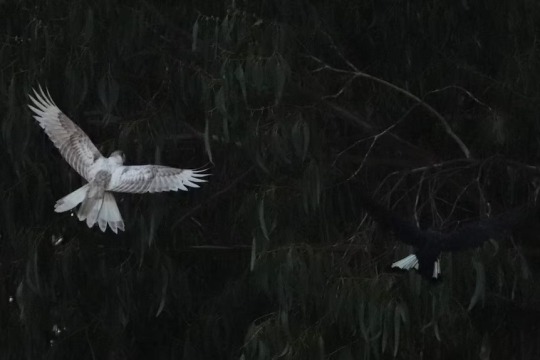
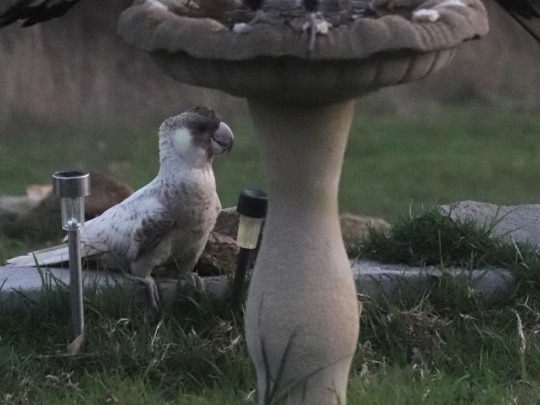
this baudin’s white-tailed black cockatoo is unusually pale. as their name implies, the species is usually mainly black. however, this bird has a genetic mutation known as leucism, where pigmentation such as melanin is reduced. this bird was spotted around margaret river, au, with a flock of typically-colored cockatoos. with fewer than 10,000 members of the species remaining, this sighting is especially rare.
2K notes
·
View notes
Text
Cockatoos have always been my favourite type of bird!!
*not pictured: Carnaby's Black Cockatoo, Baudin's Black Cockatoo, Glossy Black Cockatoo, Western Corella and the Cockatiel

249 notes
·
View notes
Text

My "Beast Route ending but for some reason Shifty didn't show up and now they're in Australia" AU that I came up with when I was half asleep.


Essentially just The Beast and The Hero (accompanied by The Voice of the Hero and Hunted) trying to live after whatever just happened.
Kind of a 'leave with the Princess' ending except it happened too soon and things are weird because of it.
More notes below:

TLQ is based on a Baudin's Black Cockatoo here, cause why not. I want to make more of the Beast's features being Aussie animals inspired but I still figuring out what works. Just say she adapts overtime.
While they're both "free" it feels off, especially to The Beast. Shifty is still looking for them.
There's also still quite a bit of tension between them, the whole trying to kill/eat each other and still kind of wanting to as well. A bit of a mess.
Honestly I really just want to draw them in weird settings.
49 notes
·
View notes
Text

June 24, 2022 - Baudin’s Black Cockatoo, White-tailed Black Cockatoo, or Long-billed Black Cockatoo (Calyptorhynchus baudinii or Zanda baudinii)
These cockatoos are found in eucalyptus forests in southwestern Australia. They eat seeds and flowers, particularly from the marri tree, as well as some insects and larvae, foraging in groups of three or small flocks and gathering in large flocks during the non-breeding season. Breeding from August to January, they nest in large tree hollows. Females incubate the clutches of one or two eggs while males feed them. They are classified as Endangered by the IUCN as their small population is declining due mostly to habitat loss and hunting.
#baudin's black cockatoo#white-tailed black cockatoo#cockatoo#parrot#calyptorhynchus baudinii#bird#birds#illustration#art#woodland#birblr art
203 notes
·
View notes
Photo

Baudin's Black Cockatoo (Calyptorhynchus baudinii)
© Elaine Rose
31 notes
·
View notes
Photo

Baudin's Black Cockatoo (Calyptorhynchus baudinii)
© Elaine Rose
27 notes
·
View notes
Photo

Baudin's Black Cockatoo (Calyptorhynchus baudinii)
© Elaine Rose
3 notes
·
View notes
Photo
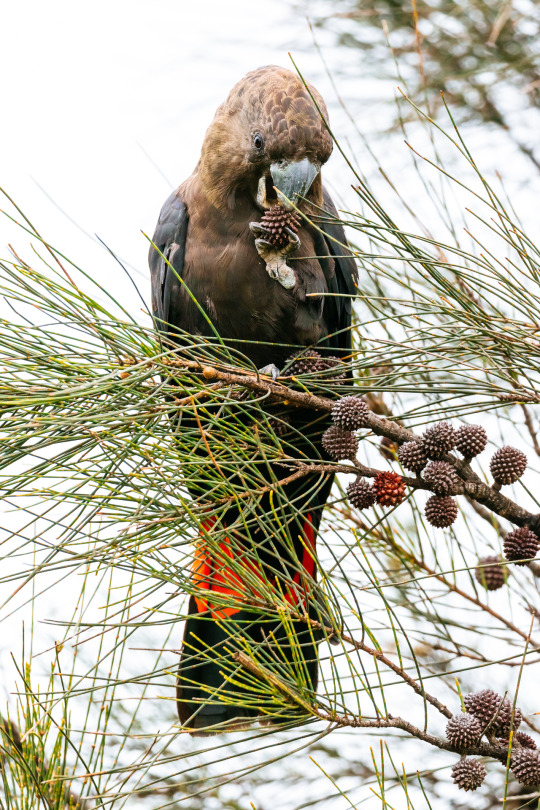
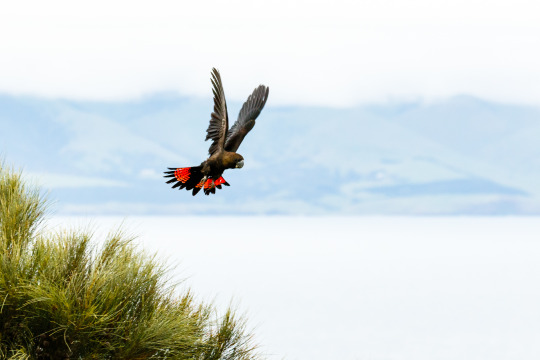
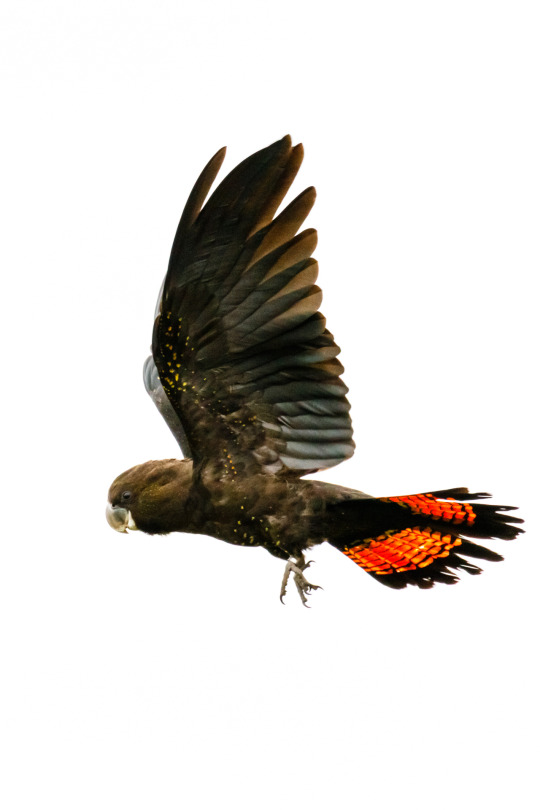
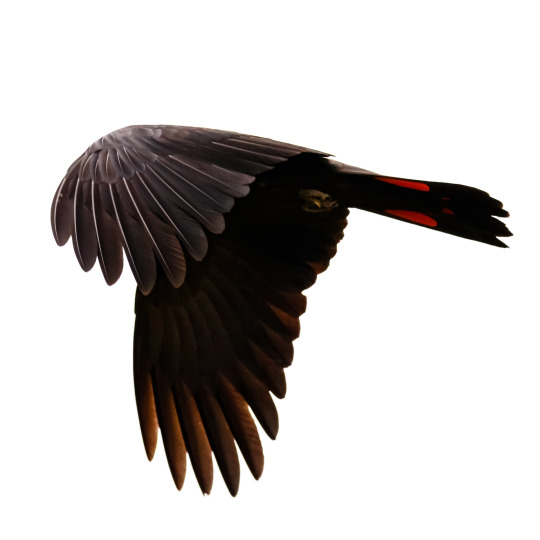
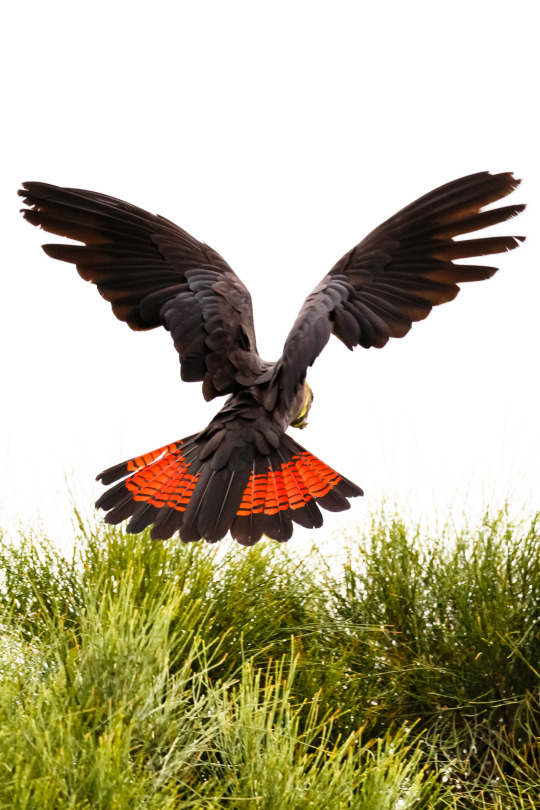
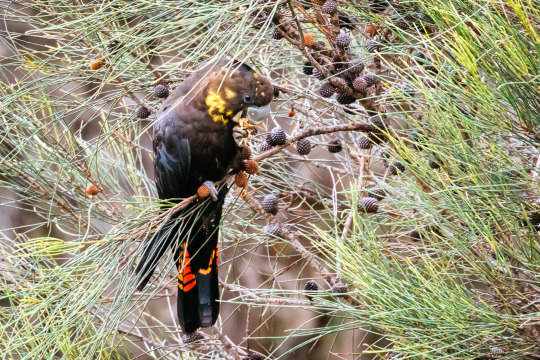
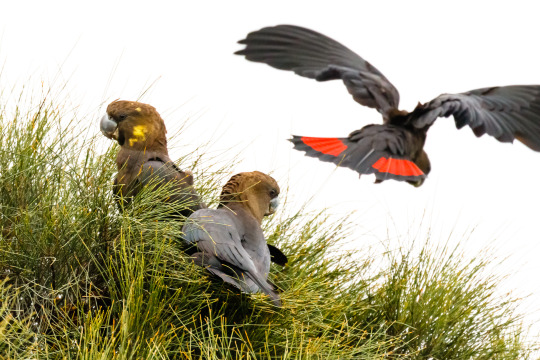
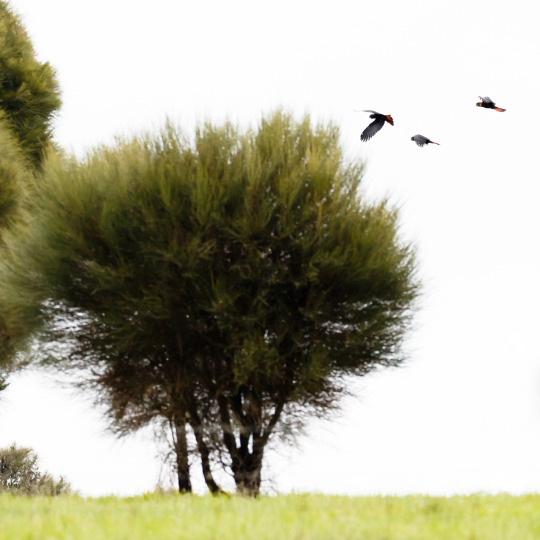
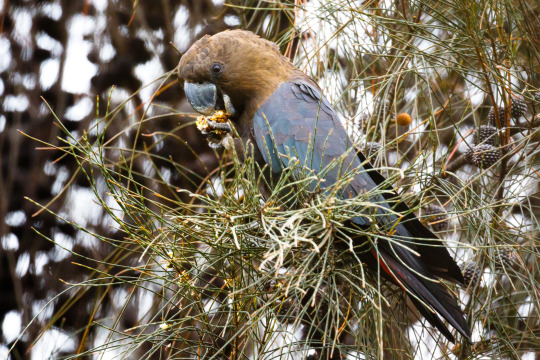
I've just enjoyed a few days exploring the beautiful landscape of #KangarooIsland off the southern coast of South Australia - one of Australia’s most treasured tourism destinations and a biodiversity hub. A highlight of my visit was spending a few hours on a rainy day watching and photographing a small flock of Glossy Black-Cockatoos (GBC's) on Ironstone Hill in Baudin Conservation Park on the eastern end of the island near Penneshaw.
Starting in the 1800s, European settlers began wiping out large swathes of drooping casuarina trees - the seeds of which the GBC relies on for food - for agriculture and housing. Stands of mature eucalyptus trees, which provide the natural hollows the birds require for nesting, suffered the same fate. Adding to the threat to this species is that nest failure rate in unprotected nests is high, principally as a result of predation by Common Brushtail Possums which have become more common. As a result the South Australian subspecies of the GBC (Calyptorhynchus lathami halmaturinus) has disappeared from the South Australian mainland and is currently restricted to Kangaroo Island. It is listed as Endangered under the Australian Government's Environment Protection and Biodiversity Conservation Act 1999. A population count of only 150 individuals in the early 1990s caused alarm and as result in 1995 a recovery program began which has been largely successful. By protecting nest hollows from predatory possums, erecting artificial nest boxes, and planting food trees, conservationists helped cockatoo populations spike to nearly 400 individuals by 2016.
The birds live in seven main flocks but 75 percent of the population lives in the western and northern parts of the island, where disastrous fires in the summer of 2019/20 severely impacted the casuarina habitat that the birds rely on. Despite the best efforts of conservationists and citizens, Kangaroo Island's GBC's face an increasingly uncertain future. As Australia's fires only become more common and intense due to climate change, the long-term survival of such a niche and geographically limited subspecies is tenuous. But there is hope, Natural Resources Kangaroo Island discovered 23 glossy black cockatoo chicks on the island earlier this year, some in areas heavily hit by bushfires.I hope you enjoy my photos of this special Australian cockatoo. Please feel free to share and if you feel like supporting the recovery program here is a link to more information - https://www.naturefoundation.org.au/support-us/glossy-black-cockatoo-recovery-program
1 note
·
View note
Photo

So for the longest time, my Deathclaw has been my "fursona" but that's changing now! I've been meaning to change to a bird fursona for a while and I've finally drawn the ref sheet!
I'm a RTBC- a beautiful cockatoo species from Australia and the Forest type which is native to south WA! I work alongside these birds as well as Carnaby's and Baudin's- both of them White Tail Black Cockatoos and I honestly adore Red Tails. They're miniature flying dinosaurs with beautiful feathering.
Art and Sona © mimaah
#mimaah#mimdrawsthings#frtbc#rtbc#red tail#black cockatoo#red#tail#black#cockatoo#native#WA#australia#fursona#birdsona
6 notes
·
View notes
Text
Cockatoos you didn’t know exist
A lot of people know about the Sulfur Crested Cockatoo

But we have more than just that one. Sadly the Sulfur Crested is pretty much the only one that is common, most of the others are endangered. They are all found in Australia but not all in the same place. A Cockatoo is a type of parrot that has a crest on it’s head that it can move up and down. They have a lovely big beak to crack into nuts and seeds.
Red Tailed Black Cockatoo

This is a female. Males are just black with red on the tail.
Yellow Tailed Black Cockatoo

Glossy Black Cockatoo

Gang Gang Cockatoo

Male on the left, female on the right. These are one of my favs. Look a the little fluff on the head lol.
Palm Cockatoo

legit looks like a death metal version of a cockatoo.
Pink Cockatoo (aka Major Mitchells Cockatoo)

Such cool colouring. Google them to see the colours in the crest on their head when they have it up because it’s awesome, with red and yellow going through it
EXTRA BONUS Not many people know this but in the Cockatoo family you have 2 birds that are fairly common but as they don’t have Cockatoo in their name people don’t realise they are a cockatoo. Also both are found on the ground a lot as they eat mainly grass seeds and live in flocks of up to 1000.
Galah

The most widespread parrot in Australia. They have a crest on their head that they can move, meaning yes they are a cockatoo!
Corella

There are a few different types of Corella, this guy here is the Western Long-billed. They all love very similar but some are slightly bigger than others or have a longer beak.
Other Aussie Cockatoos: Carnaby's black cockatoo Baudin's black cockatoo
Also, the Cockatiel is commonly kept as a pet and is the smallest of the cockatoo family.
17 notes
·
View notes
Photo

Hungry cockies strip apple orchard bare Local orchard Denmark Apples will not be at the Albany Farmers Market this year after its entire crop was wiped out by Baudin’s black cockatoos.
0 notes
Photo

It's #Feathursday!
Baudin's Black Cockatoo (Calyptorhynchus baudinii). SciArt by Gracius Joseph Broinowski for his Birds of Australia (1890-91). Contributed for digitization by Ernst Mayr Library, Museum of Comparative Zoology, Harvard University to Biodiversity Heritage Library.
#biodiversity#cockatoo#birds#ornithology#wildoz#australia#openaccess#feathursday#librariesofinstagram#biodiversityheritagelibrary#sciartfix#bhlib#sciart#scientificillustration#naturalhistory#scientificart#blackcockatoo
33 notes
·
View notes
Photo

Baudin's Black Cockatoo (Calyptorhynchus baudinii)
© Elaine Rose
30 notes
·
View notes
Photo

Baudin's Black Cockatoo (Calyptorhynchus baudinii)
© Elaine Rose
3 notes
·
View notes